Tag: State Capitol (Richmond VA)
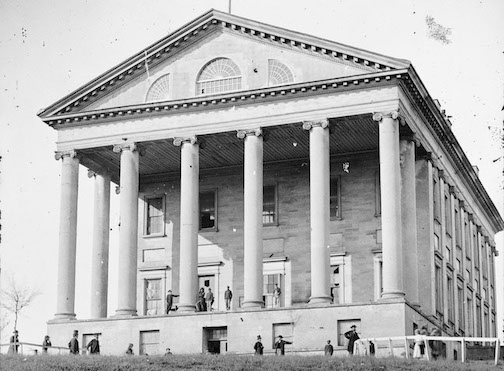 Wikipedia says: The Virginia State Capitol is the seat of state government of the Commonwealth of Virginia, located in Richmond, the third capital city of the U.S. state of Virginia. (The first two were Jamestown and Williamsburg.) It houses the oldest elected legislative body in North America, the Virginia General Assembly, first established as the House of Burgesses in 1619.
Wikipedia says: The Virginia State Capitol is the seat of state government of the Commonwealth of Virginia, located in Richmond, the third capital city of the U.S. state of Virginia. (The first two were Jamestown and Williamsburg.) It houses the oldest elected legislative body in North America, the Virginia General Assembly, first established as the House of Burgesses in 1619.
The Capitol was conceived of by Thomas Jefferson and Charles-Louis Clérisseau in France, based on the Maison Carrée in Nîmes. Construction began in 1785 and was completed in 1788. The current Capitol is the eighth built to serve as Virginia’s statehouse, primarily due to fires during the Colonial period.
When it convened in Richmond on May 1, 1780, the legislature met in a makeshift building near Shockoe Bottom. By 1788, the “Old Capitol” where the Virginia Ratifying Convention met was at the New Academy by the Chevalier Quesnay.
Plans were begun for a new building to serve a new state, the Commonwealth of Virginia. The site selected for a new, permanent building was on Shockoe Hill, a major hill overlooking the falls of the James River.
Thomas Jefferson is credited with the overall design of the new Capitol, together with French architect Charles-Louis Clérisseau. The design was modeled after the Maison Carrée at Nîmes in southern France, an ancient Roman temple. The only other state to accurately copy an ancient model is the Vermont State House, which based its portico on the Temple of Hephaestus in Athens. Jefferson had Clérisseau substitute the Ionic order over the more ornate Corinthian column designs of the prototype in France. At the suggestion of Clérisseau, it used a variant of the Ionic order designed by Italian student of Andrea Palladio, Vincenzo Scamozzi.
The cornerstone was laid on August 18, 1785, with Governor Patrick Henry in attendance, prior to the completion of its design. In 1786, a set of architectural drawings and a plaster model were sent from France to Virginia, where it was executed by Samuel Dobie. It was sufficiently completed for the General Assembly to meet there in October 1792.
It is one of only twelve Capitols in the United States without an external dome.
American Civil War
The building also served as the Capitol of the Confederacy during the American Civil War (1861–65) (It was the Confederacy’s second home, the first being the Alabama State Capitol in Montgomery, Alabama).
The Capitol, the adjacent Virginia Governor’s Mansion, and the White House of the Confederacy (about three blocks to the north on East Clay Street) were spared when departing Confederate troops were ordered to burn the city’s warehouses and factories, and fires spread out of control in April 1865. John Brown’s carpet-bag, full of documents including many unpublished ones, was kept in the Virginia Capitol from 1860 to 1865 by Andrew Hunter, at that time a state senator. When Richmond fell, “so Yankees can’t find them”, the carpet-bag was hidden “between the wall and the plastering”. It has never been found.
The first Flag of the United States to fly over the capitol since secession was hoisted by Lieutenant Johnston L. de Peyster. U.S. President Abraham Lincoln toured the Capitol during his visit to Richmond about a week before his assassination in Washington, DC.
From April 6 until April 10, 1865 Lynchburg served as the Capital of Virginia. Under Gov. William Smith, the executive and legislative branches of the commonwealth moved to Lynchburg for the few days between the fall of Richmond and the fall of the Confederacy.
Showing 1–16 of 41 results
-
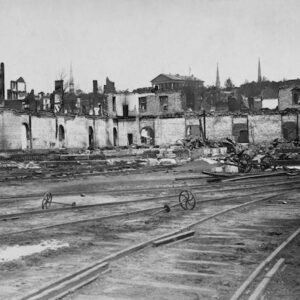
Image ID: AAJJ
$5.99 -
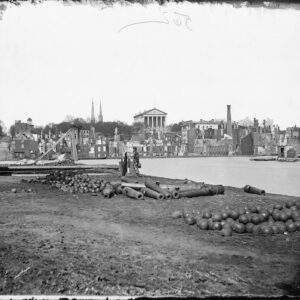
Image ID: AAJM
$4.99 – $6.99 -
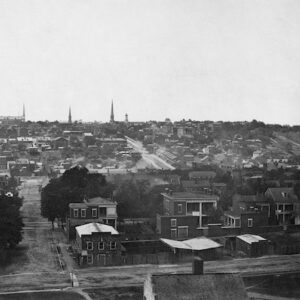
Image ID: AAJN
$6.99 -
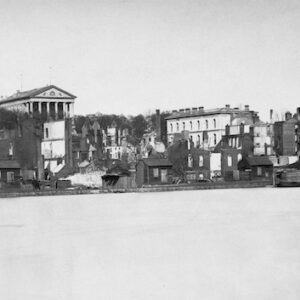
Image ID: AAJR
$5.99 -
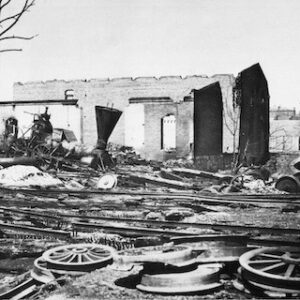
Image ID: AAKC
$2.99 -
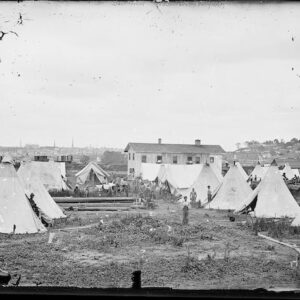
Image ID: AAKU
$4.99 -
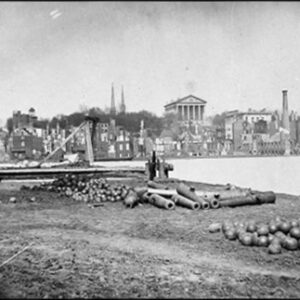
Image ID: AAUT
-
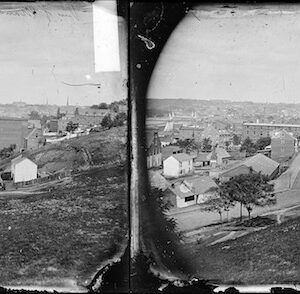
Image ID: ABDY
$3.99 – $4.99 -
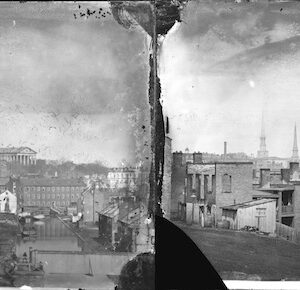
Image ID: ABLQ
$5.99 -
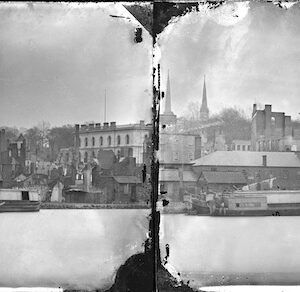
Image ID: ABLZ
$5.99 -
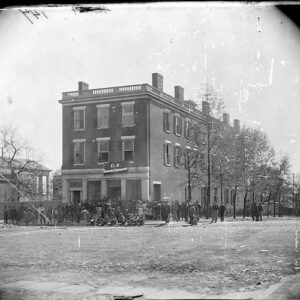
Image ID: ACJQ
$4.99 – $6.99 -
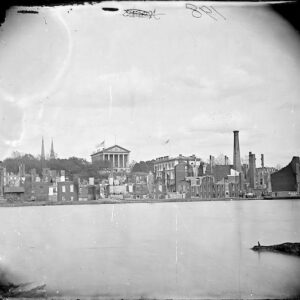
Image ID: ACWU
$4.99 – $6.99 -
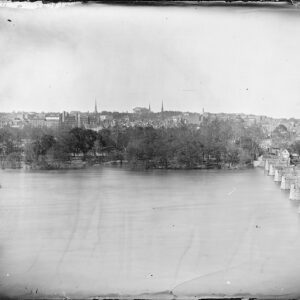
Image ID: ADRV
$4.99 – $6.99 -
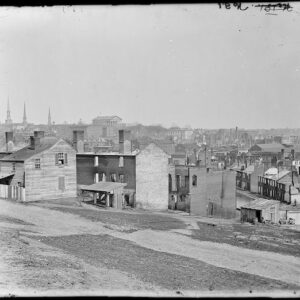
Image ID: AEGB
$4.99 – $6.99 -
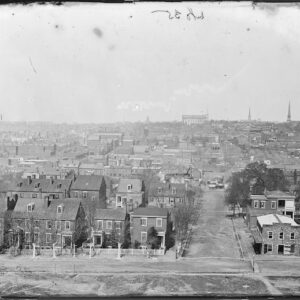
Image ID: AETW
$4.99 – $6.99 -
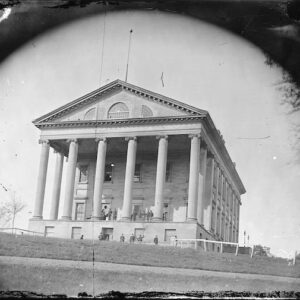
Image ID: AGNJ
$4.99 – $6.99